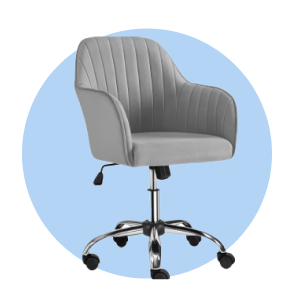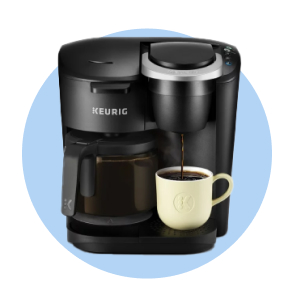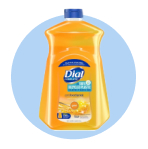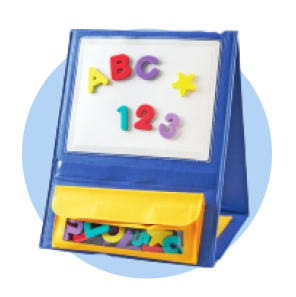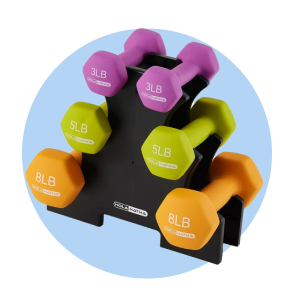
How to Choose the Right Shipping Supplies for Your Small Business
Shipping tips for small businesses
You might not think a list of shipping supplies for small businesses would need much more than boxes, some bubble wrap and tape, but you’d be wrong. To make sure packages reach customers safely, you need the right supplies for each product—and Walmart Business is here to help. Here’s what every new company should have on their packing supplies list.

Choosing the right small business shipping supplies
1. Shipping boxes
If your small business sends products to customers, you’re going to need lots of boxes. Suppliers and manufacturers offer shipping boxes in a variety of sizes and materials, the two most common of which are standard cardboard and corrugated fiberboard.
Standard cardboard is made from heavy paper pulp, while corrugated packaging consists of containerboard. More specifically, corrugated packages place one rippled sheet between two flat liners.
Corrugated material is low-cost and fairly easy to produce in high volumes. It’s also highly customizable since it has multiple sizes, thicknesses and can be customized with printed graphics. A corrugated board is also sustainable since the material can be recycled or reused as required.
Cardboard boxes aren’t quite as strong as corrugated ones, but they can be a cost-effective option when delivering small and lightweight packages, especially across short distances. Cardboard is also a useful packing material within corrugated boxes, such as inserts that segment items from each other.
2. Shipping envelopes
For everything too small to justify a box, there are shipping envelopes. Their compact size makes it easier to transport items at a reasonable cost. Modern shipping envelopes also often feature waterproof materials and bend-resistant padding. However, there are still weight and size requirements when delivering these items, so don’t overstuff the envelope.
3. Packaging materials
When you send packages to customers, you’re not just shipping the product—you’re also sending packaging materials. Each box must be large and durable enough to accommodate products and whatever packaging they require.
Packing paper and foam sheets provide cushioning to defend against scratches. Thicker bubble cushion material helps avoid impact damage. Packing peanuts limits jostling within a package by filling available space. These additional protections are a worthwhile investment for any business that ships goods to customers. Just remember that packing material can add weight—and postage—to your package.
4. Labels
Labels are the first thing anyone looks at when they pick up a package, so choosing the right one is vital. They must be detailed enough to account for addresses, SKU numbers and package descriptions. Labels must remain readable after exposure to variable weather conditions. Finally, they should be functionally efficient so businesses can attach them to boxes as quickly as possible.
Thankfully, there are many different label materials to choose. Paper labels are typically cost-effective, but more likely to degrade in changing weather, making them best for short journeys. Synthetic labels are waterproof and durable, but not necessarily recyclable. Thermal labels provide a middle-ground that is water-resistant, UV protected and easy to produce at scale using thermal printers.
Don’t get so caught up in materials that you overlook the label basics. The size, for example, should be easy to spot and fit neatly onto the side of a shipping box. If possible, choose labels that support brand logos, return addresses and other custom designs. Label printers can help you get the dimensions right.
5. Tape
Tape is the first line of defense against contents flying out of your shipping boxes. Not all tapes are equally reliable for long shipping journeys, however, so it’s important to choose the right option.
Most tape on the market is pressure-sensitive, which means it creates a seal when a user applies pressure on its surface. Pressure-sensitive tape comes in various materials, with packing tape being the most durable for deliveries. Some pressure tapes are sensitive to humidity and weather-related changes, which can cause seals to fail on long journeys.
Water-activated tape uses water to prime its adhesive and is far more resistant to weather-related failure than pressure-sensitive alternatives. In fact, its biggest downside is that removing such tape is likely to damage anything it’s attached to!
Secure your shipping supplies with Walmart Business
Choosing small business shipping supplies for the first time can feel overwhelming. Walmart Business keeps it simple by offering a full catalog of packing products to meet your delivery needs. If you want to stretch your budget further, sign up for a Walmart Business+ membership to access free shipping,1 free delivery from stores on orders over $352 and 2% rewards back for purchases over $250.3 You could save over $500 a year while enjoying exclusive rewards for your business.4 Learn more here.
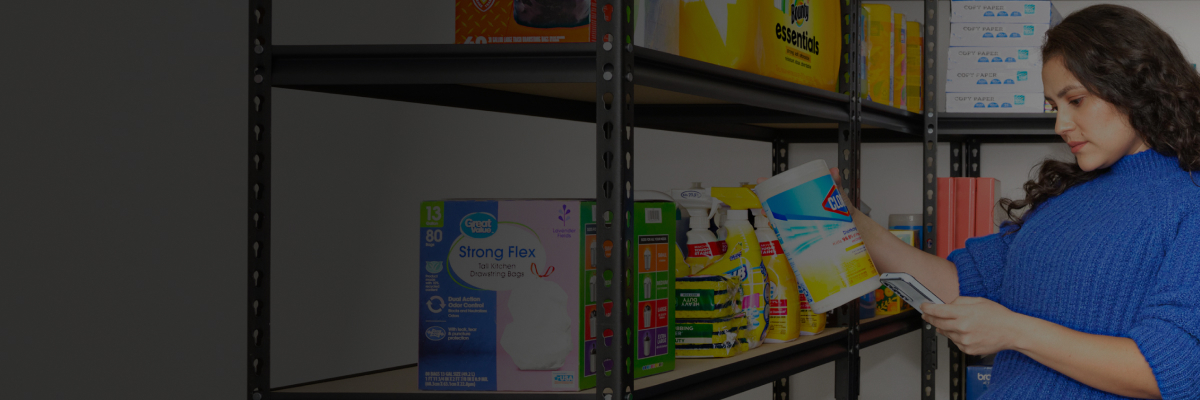
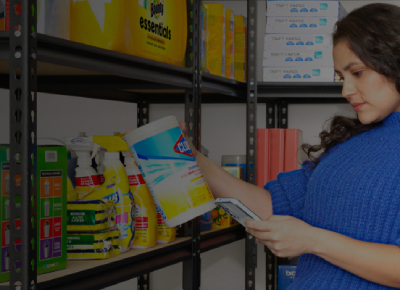
Limited-time offer
Unlock your special promo code
Stay informed on Walmart Business news & get $20 off a $100 purchase!1
1Minimum order of $100. Promo code can be used one time & may not be combined with other offers. Offer not transferable & void where prohibited by law. Customer responsible for all applicable taxes. Offer expires 12/31/2025 at 11:59pm PT. Further restrictions apply. See terms at checkout for details. Promo code offers available in limited quantities. While supplies last.
1 Excludes most Marketplace items, freight and certain location surcharges.
2 Restrictions apply.
3 Rewards can only be used toward future purchases on Walmart Business. Additional terms apply.
4 Savings based on 1 free $35+ delivery order vs. $9.95 fee and 1 free shipping order under $35 vs. $6.99 fee biweekly, plus 2% Walmart Business rewards on monthly order >$250 (average value of $400).
Exciting news awaits
Hear firsthand about new products, features & promotions.
By clicking submit, you agree to receive emails about Walmart Business and acknowledge you have read and agreed to our Terms of use and Privacy Policy.



